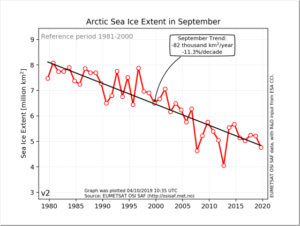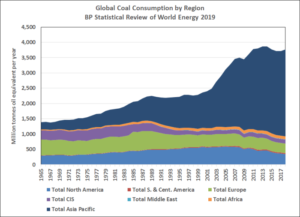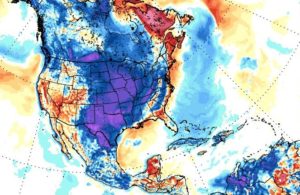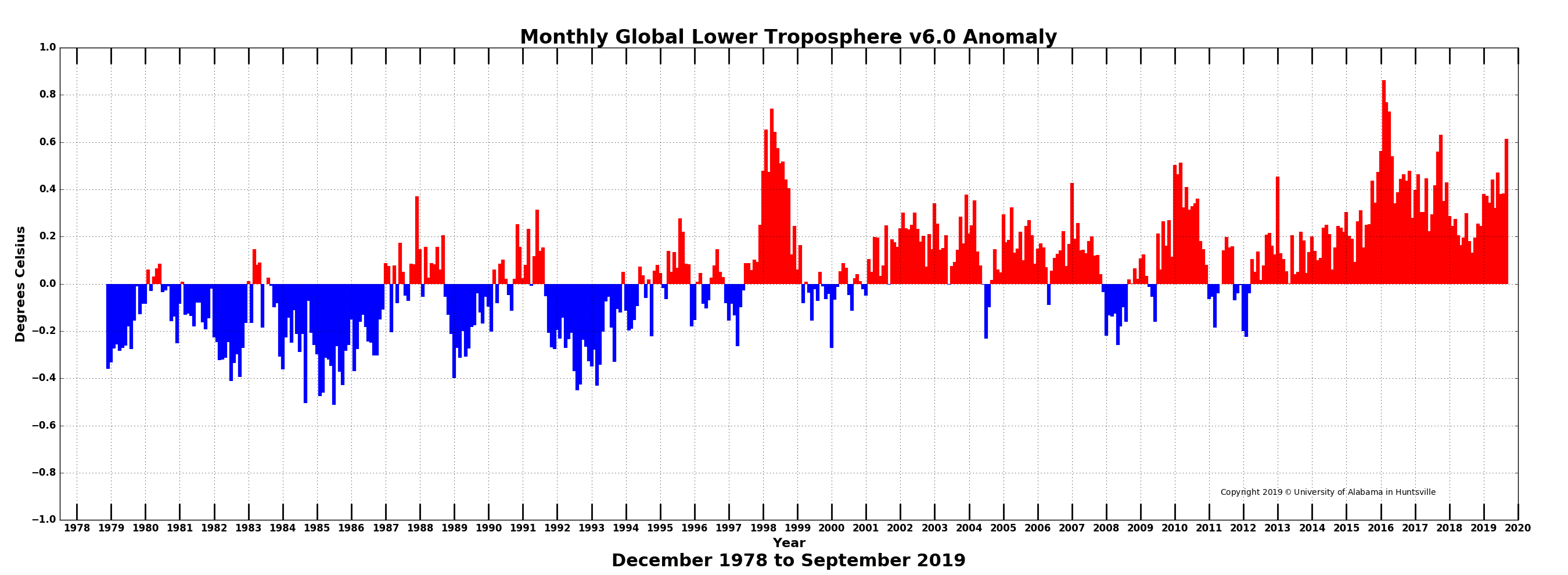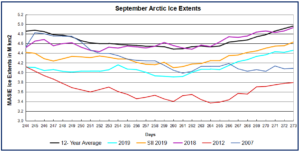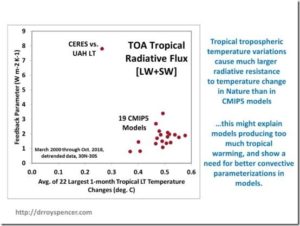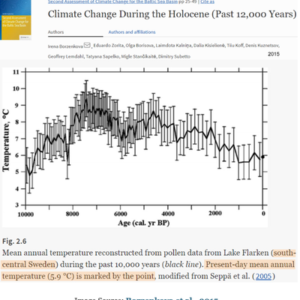by J. Taylor, October 3, 2019 in ClimateChangeDispatch
Climate alarmists Michael Mann and Katharine Hayhoe have been caught using dubious, revisionist temperature data in their attempt, as one Climategate email author put it, to “deal a mortal blow” to the extensively documented Medieval Warm Period.
Before climate change became a political issue, it was scientifically well-established that a significant global warming event occurred between approximately 900 AD and 1200 AD.
For example, the United Nations Intergovernmental Panel on Climate Change (IPCC) First Assessment Report presented a temperature history and visual graph documenting that the Medieval Warm Period existed and that it brought temperatures at least as warm as today (at pg. 7).
Multiple peer-reviewed studies provided additional confirmation of the Medieval Warm Period.
The warming climate of the Medieval Warm Period spurred abundant crop production, fewer extreme droughts and floods, a growing human population, and improving living standards.
The Little Ice Age terminated the Medieval Warm Period and brought devastating weather extremes, widespread crop failures, famines, plagues like the Black Death, and a contracting human population.
For a good summary of the extensive benefits of the Medieval Warm Period and the devastating harms of the Little Ice Age, see the excellent book, “In the Wake of the Plague: The Black Death and the World It Created.”
…


